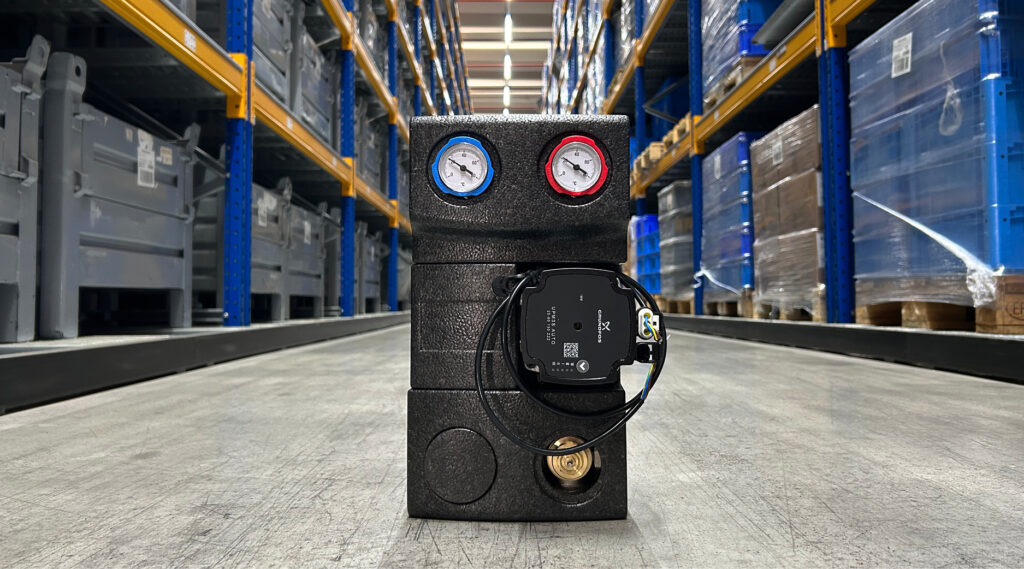12 2 月 2025
Compact, high-performing, and corrosion-resistant, Itap distribution units optimize operations in central heating systems, ensuring efficiency, modularity, and long-lasting performance.
In centralized heating systems, the quality of components is essential to guarantee reliable performance and easy installation.
Itap distribution units are designed with this in mind, combining premium materials, a compact design, and smart technical features that simplify system management.
Here’s 4 reasons why Itap units are the ideal solution to boost your plant’s performance.

Unlike many alternatives on the market, Itap distribution units use AISI 304 stainless steel manifolds instead of painted or galvanized steel.
This offers several clear advantages:
The stainless steel manifold includes a micrometric valve that functions as a hydraulic separator.
This allows different system circuits to operate independently, preventing issues such as:
The result? A more stable, quieter, and efficient system.
With a center distance of just 90 mm between supply and return, Itap distribution units stand out for their compact size.
This makes them ideal for installation even in tight or visible spaces, not just technical rooms.
Additional benefits of the compact design:
Despite their small size, Itap units deliver performance comparable to larger models.
For example, the DN20 unit with mixing valve achieves a Kv of 7.5 m³/h—a flow rate typically seen in DN25 models.
This means you get high output even in complex systems, while maintaining compactness and ease of installation.
Choosing high-performance components means boosting the overall efficiency of the system. In a central heating plant, every detail counts.
With Itap distribution units, you can:
Check out the technical datasheets for our distribution units to find the best fit for your system.
What does a distribution unit do in a central heating plant?
It distributes the heat transfer fluid to secondary circuits (heating, domestic hot water, etc.) and may include control and safety components.
What’s the purpose of the hydraulic separator function?
It hydraulically isolates the primary and secondary circuits, avoiding interference between pumps and improving overall efficiency.
Why use stainless steel manifolds?
Stainless steel is corrosion-resistant and helps preserve the quality of the water in the system, improving durability and minimizing maintenance.